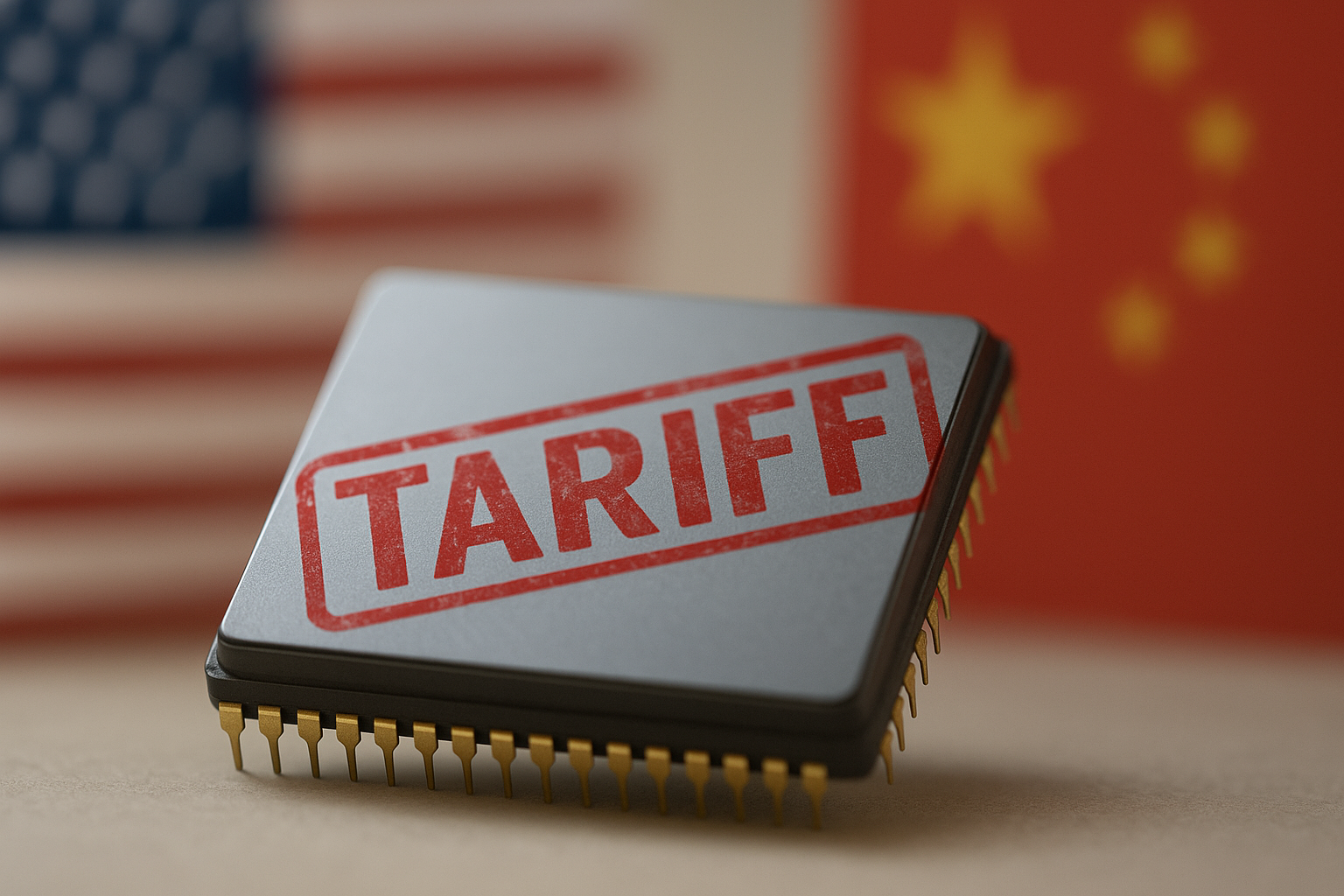Intel's announcement yesterday of a major manufacturing partnership with the U.S. Department of Defense marks the latest chapter in the chipmaker's ongoing reinvention saga. The $8.5 billion deal – which will establish a dedicated fabrication line for specialized military and aerospace chips at Intel's New Mexico facility – represents the company's largest-ever government contract.
For Intel CEO Pat Gelsinger, this agreement validates his "IDM 2.0" strategy, which has faced skepticism from some investors since he unveiled it shortly after taking the helm in 2021. The strategy, which doubles down on manufacturing while also opening Intel's fabs to third-party customers, has required massive capital investments that have weighed on the company's financials in the short term.
"This is exactly the kind of partnership we envisioned when we launched our foundry services business," Gelsinger said during yesterday's press conference, looking noticeably more relaxed than he has in recent earnings calls. "It leverages Intel's unique capabilities in secure manufacturing while supporting critical national security objectives."
The timing couldn't be better for Intel. The company has faced significant headwinds in recent years – from manufacturing delays to market share losses to AMD in both the consumer and data center markets. Their stock has underperformed the broader semiconductor index by about 30% over the past three years, leading to growing pressure from activist investors.
But there are signs the tide might be turning. The company's latest Lunar Lake processors, which I had a chance to benchmark last month, show impressive performance gains and power efficiency improvements. Meanwhile, their manufacturing technology – long a source of embarrassing delays – appears to be back on track with Intel 4 (7nm) now in volume production and Intel 3 (5nm) samples shipping to key customers.
"Intel's proactive approach to enhancing its manufacturing capabilities is essential," notes Jane Roberts from Goldman Sachs. "The question is whether they can execute consistently enough to regain technology leadership."
The broader context here is the ongoing reshaping of the global semiconductor supply chain. With the CHIPS Act funding now flowing and similar initiatives underway in Europe and Japan, we're seeing the most significant shift in semiconductor manufacturing geography in decades. Intel has positioned itself to be a major beneficiary of this trend, securing billions in government subsidies for its new fabs in Arizona, Ohio, Germany, and Poland.
For investors considering Intel stock (currently trading at $62.47), the company represents an interesting turnaround story – but one that still carries significant execution risk. The vision Gelsinger has laid out is compelling, but competing with TSMC and Samsung in manufacturing while simultaneously fending off AMD, NVIDIA, and increasingly, Arm-based competitors, remains a monumental challenge.
I remain cautiously optimistic about Intel's prospects, but this is clearly a multi-year transformation story that will require patience from shareholders. Yesterday's DoD deal is a positive step, but the company still has much to prove.




